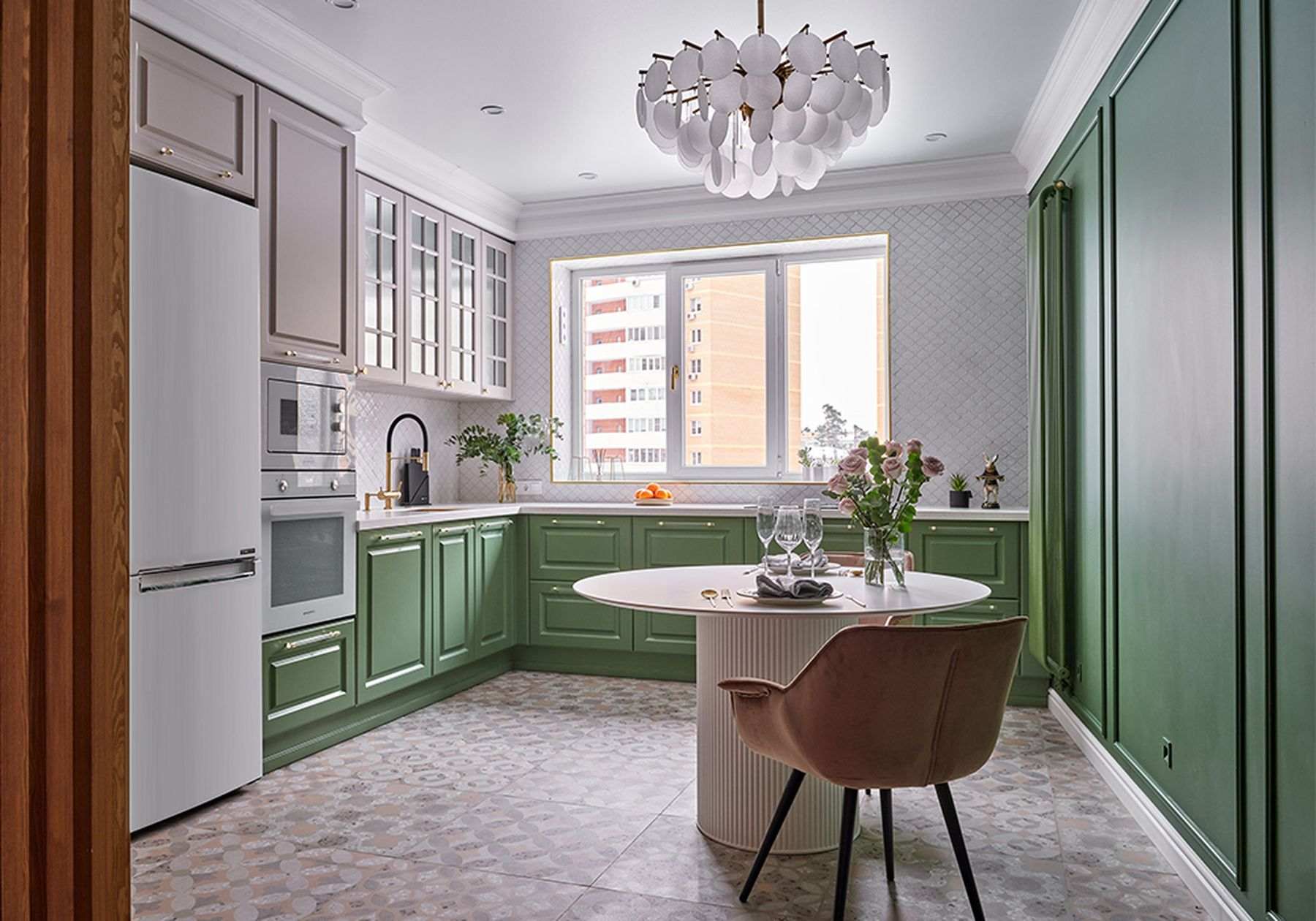
Culinary Spaces Redefined
Introduction to Modern Culinary Spaces
The concept of culinary spaces has undergone significant transformation over the past few years. No longer just areas for cooking and dining, these spaces now function as the heart of the home and centers of social interaction. This article explores how contemporary designs, technology, and social trends have reshaped the way we perceive and use our culinary spaces.
The Influence of Design and Aesthetics
Design has always played a crucial role in the kitchen. However, the modern culinary space takes aesthetics to the next level by integrating it with functionality and fluidity of space. Open plan layouts, sleek lines, minimalist decor, and an emphasis on natural light characterize the modern kitchen. An increased use of sustainable materials and smart storage solutions not only appeals to the eco-conscious but also adds to the overall design ethos of simplicity and efficiency.
Technological Integration in the Kitchen
With smart homes on the rise, the culinary space has become a hub of cutting-edge technology. From smart refrigerators that can track expiration dates to ovens that can be controlled via smartphone, technology is redefining convenience and customization in the kitchen. Furthermore, advanced air filtration systems and touchless faucets have made kitchens more hygienic and user-friendly, catering to the health-conscious homeowner.
Socialization and the New Culinary Experience
Culinary spaces today are planned with socialization in mind. The popularity of cooking as a social event and the growing trend of 'eat-in kitchens' has led to designs that accommodate multiple people and offer a welcoming atmosphere. By blurring the lines between the kitchen and living areas, these spaces encourage interaction and make it easier for families and friends to gather and enjoy meals together.
Culinary Education and the Home Chef
The rise of gourmet home cooking and a greater interest in culinary education have turned the kitchen into a learning space. With countertop appliances like sous-vide cookers and high-powered blenders, home chefs are now able to explore advanced cooking techniques. This has sparked the need for kitchens that can accommodate these gadgets and provide a versatile platform for experimentation and skill development.
Environmental Concerns and Kitchen Adaptations
As environmental sustainability becomes a more pressing issue, culinary spaces are being reimagined to reduce their ecological footprint. Energy-efficient appliances, compost systems, and gardens for growing herbs and vegetables are becoming integral parts of the kitchen. These adaptations not only promote a greener lifestyle but also provide a fresh and organic dimension to home cooking.
Conclusion: The Future of Culinary Spaces
The culinary space of the future is not just a place where food is prepared; it is a multifunctional, aesthetically pleasing environment that embraces technology, sustainability, and social interaction. It adapts to the evolving needs and tastes of its users, proving that the kitchen is, indeed, the most adaptable room in the modern home. As we continue to redefine our living spaces, the culinary area will surely remain at the forefront of innovation and design.